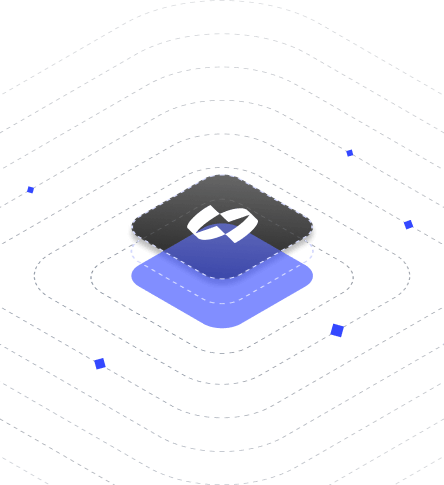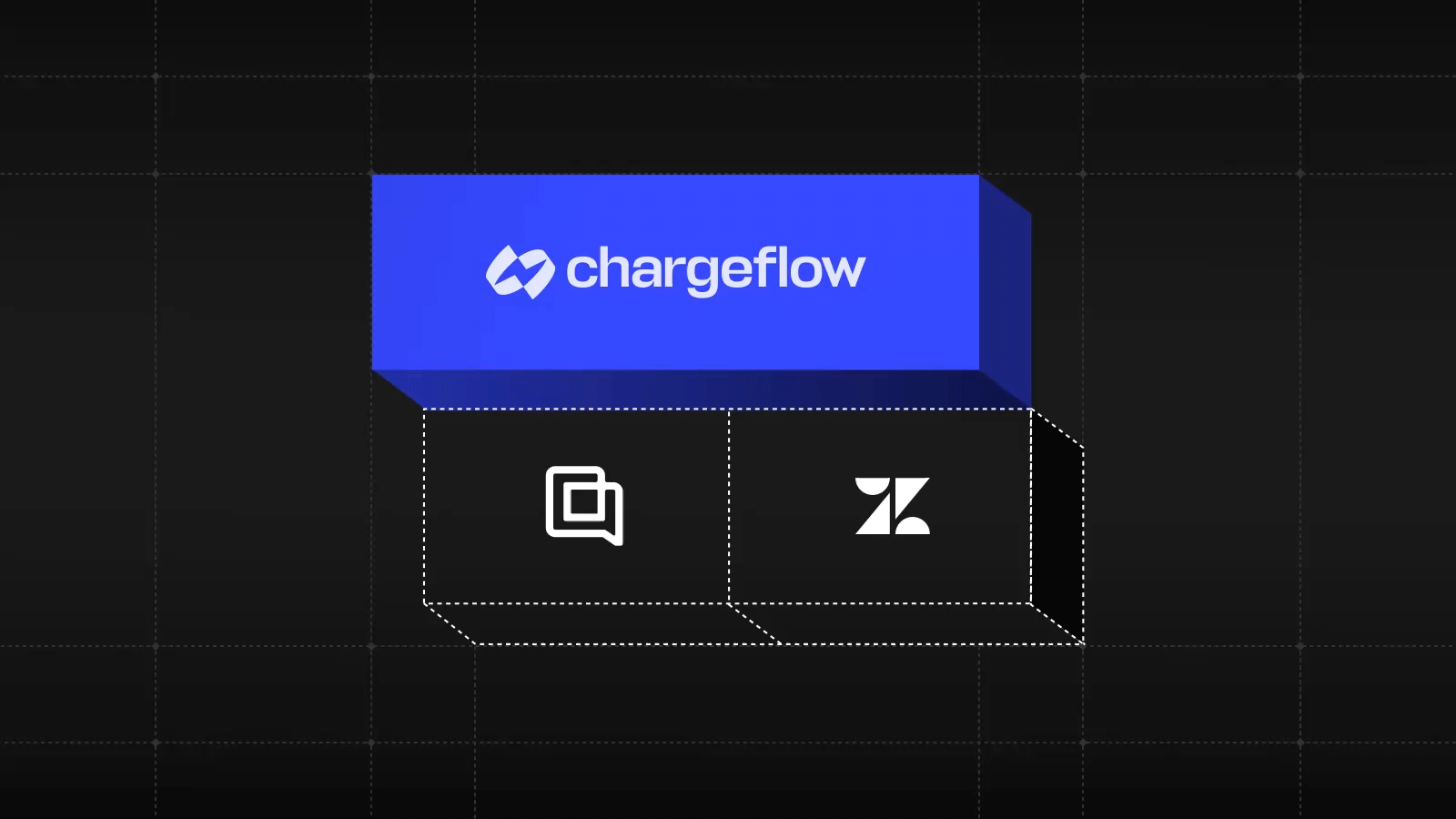What is Chargeback Data? Analyze it to Prevent Future Chargebacks

Chargebacks?
No longer your problem.
Recover 4x more chargebacks and prevent up to 90% of incoming ones, powered by AI and a global network of 15,000 merchants.
Maximize profits by analyzing chargeback data. Learn how to prevent future chargebacks and protect your business with this helpful guide.
When it comes to running your online store, chargebacks are undoubtedly one of the most frustrating aspects you will face. Nobody likes being on the wrong side of a chargeback dispute, but staying informed and making sure that you comply with all applicable regulations can help reduce their occurrence as well as limit their impact on your business.
One way to do this is by leveraging chargeback data to its fullest potential - something we'll be diving into in greater detail today. We’ll discuss what exactly chargeback data is and how analyzing it thoroughly can provide invaluable insight into areas where improvements need to be made so you can take proactive steps toward preventing future chargebacks. So, let’s begin!
Understanding Chargeback Data
Chargeback data is essential for merchants to better understand and keep track of their transactions. It records all information related to a customer’s chargeback dispute - such as the amount of the transaction and the reason for the dispute - allowing businesses to proactively address potential disputes before they occur.
This data can be collected either manually, through merchant documents and customer communications, or automatically, using third-party software programs.
Once compiled, businesses should analyze three main types of chargeback data: reason codes (the specific reasons a chargeback was issued), merchant codes (risk indicators that enhance existing reason codes), and scores (assigned numerical values that identify both successful and unsuccessful transactions).
Knowing how to properly collect and analyze this invaluable information will equip a business with the knowledge it needs to reduce its exposure to fraud and safeguard against revenue loss.
Identifying Chargeback Triggers
Chargebacks can come at a significant cost for businesses, and determining why these costly occurrences are happening can be critical in protecting revenue. Common reasons for chargebacks include shipping or delivery issues, incorrect fees charged to customers, duplicate charges, and fraud.
Businesses can use the data from chargebacks to identify certain triggers that are causing chargebacks. This could give the business a chance to address the issue before additional chargebacks occur.
Examples of triggers could include a high return rate, more than one transaction within a certain time frame, or poor customer service reviews regarding specific products or transactions. Identifying these chargeback triggers is an important part of minimizing losses due to chargeback events.
Analyzing Chargeback Data
Identifying Patterns in Chargeback Data
One of the first steps in analyzing chargeback data is to identify patterns and trends. This can help businesses understand the root causes of chargebacks and take steps to prevent them in the future. Some common patterns that businesses may encounter include:
- Fraudulent Activity: Chargebacks may occur when a customer's credit card is stolen and used fraudulently. Businesses can identify this pattern by examining chargebacks that occur on multiple transactions or for multiple customers.
- Shipping or Billing Errors: Chargebacks may occur when a customer is charged incorrectly, receives the wrong product, or the product is damaged during shipping. Businesses can identify this pattern by examining chargebacks that occur shortly after purchase or for specific products.
- Customer Disputes: Chargebacks may occur when a customer disputes a charge due to poor customer service, a defective product, or other issues. Businesses can identify this pattern by examining chargebacks that occur after a customer has contacted the business to resolve an issue.
Using Tools and Techniques
There are several tools and techniques that businesses can use to analyze chargeback data. These include:
- Chargeback Management Software: Chargeback management software can help businesses track and manage chargebacks, including analyzing data to identify patterns and trends.
- Excel Spreadsheets: Excel spreadsheets can be used to create charts and graphs that visualize chargeback data and help identify patterns and trends.
- Data Mining: Data mining involves analyzing large datasets to identify patterns and trends. Businesses can use data mining techniques to identify common reasons for chargebacks and take steps to prevent them.
Using Data Visualization Techniques to Analyze Chargeback Data
Data visualization techniques can be used to analyze chargeback data and identify trends. Some common techniques include:
- Line Charts: Line charts can be used to visualize trends in chargeback data over time, such as the number of chargebacks per month or the total amount of chargebacks.
- Bar Charts: Bar charts can be used to visualize patterns in chargeback data, such as the most common reasons for chargebacks or the most affected products.
- Heatmaps: Heatmaps can be used to visualize the frequency of chargebacks, such as the number of chargebacks per day of the week or per hour of the day.
Preventing Future Disputes with Chargeback Data
The key for merchants looking to prevent future chargebacks is to focus on fraud prevention and dispute resolution strategies. First, businesses should ensure their processes are streamlined, secure, and up to date with the latest security protocols.
Second, utilizing chargeback data can be a great way to inform those strategies. For example, regularly reviewing detailed reports of current chargebacks helps determine patterns and identify high-risk customers or payment methods. This data can help deploy targeted solutions such as rejected transactions for known offenders or declined transactions for risky areas.
Furthermore, analyzing this data can also allow businesses to recognize customer service trends that are causing an increase in complaints and subsequent chargebacks. Taking corrective measures such as refunds or discounts before a chargeback request is initiated is much less expensive than dealing with dispute resolution costs post-chargeback filing.
Ultimately, leveraging the power of chargeback data within business strategies helps not only protect revenue but also improves customer relationships.
Final Thoughts on Chargeback Data
It is clear that chargeback data holds the key to understanding and preventing chargebacks. By analyzing its patterns, merchants can identify the triggers and create strategies to reduce them. This data can be leveraged to help optimize the customer journey and provide a smooth buying experience.
Additionally, merchants should design an efficient dispute process to manage existing chargebacks without interruption. Overall, it is imperative for all businesses to use chargeback data in order to prevent future occurrences of this financial phenomenon.
To put this concept into practice, companies like Chargeflow are offering businesses advanced chargeback and dispute prevention solutions for problem-free transactions. Contact them today and upgrade your eCommerce store with state-of-the-art technology!

Chargebacks?
No longer your problem.
Recover 4x more chargebacks and prevent up to 90% of incoming ones, powered by AI and a global network of 15,000 merchants.






























.png)








